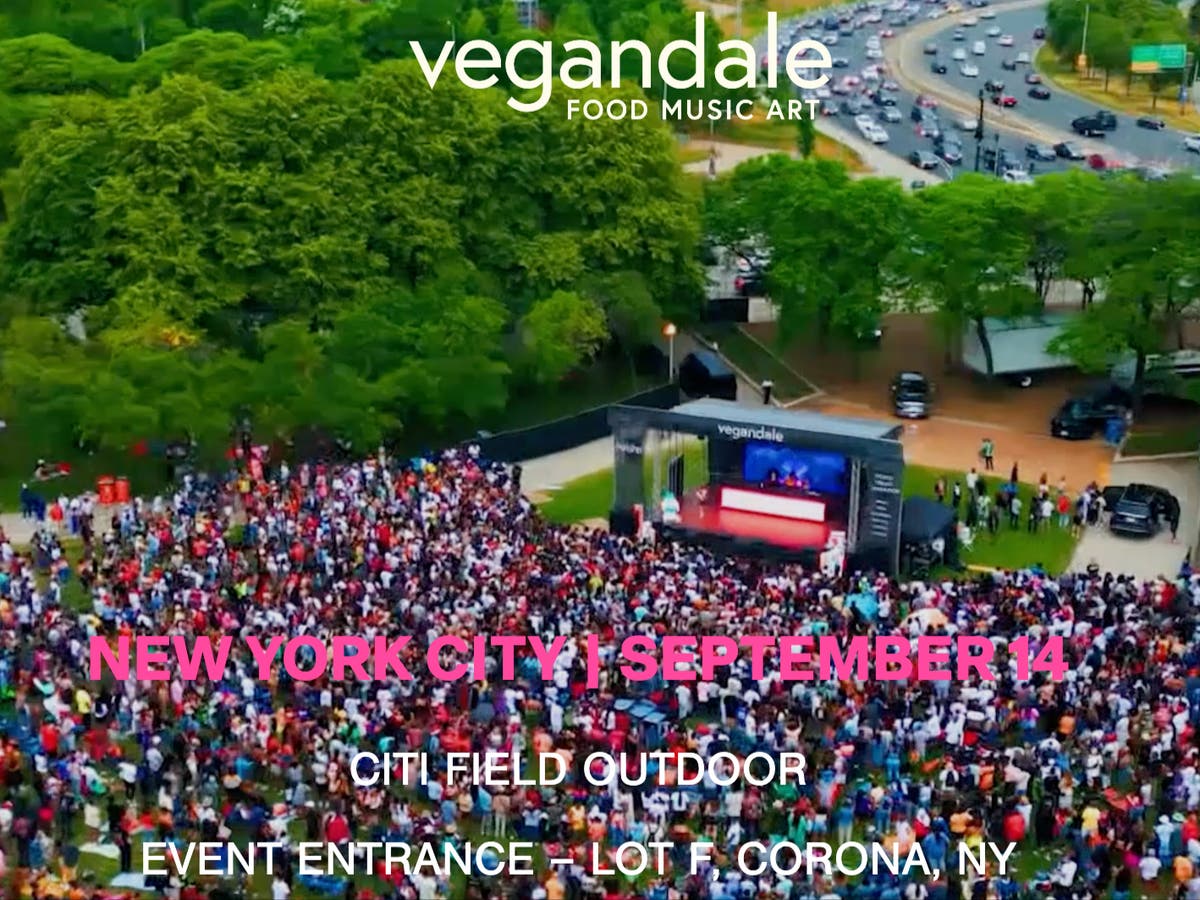For those visiting Hamburg, Bunker St. Pauli would stand out as a fort-like structure with hanging gardens, unlike other German buildings. It recently opened its doors to people looking to stay at the hotel it houses or visit one of its restaurants.
But those familiar with Hamburg’s history know that even if the bunker only just relaunched in its modern avatar, it’s been around a long time—since 1942, to be precise. Constructed during World War II in 1942, the “Flakturm IV,” as it was called then, is a remnant of the Nazi regime. Laborers built it over just 300 days as an anti-aircraft defense structure.

Decades later, the bunker serves a very different purpose—hosting guests who want to catch a roof-top view of Hamburg or enjoy a cocktail at its bar. The robust structure, one of the largest of its kind, was among the bunkers that weren’t blown up in a “denazification process,” the property’s website says, as this could have endangered neighboring areas. It was later repurposed as a temporary housing for Hamburg residents and a TV broadcasting center before evolving into a music and nightlife venue.
The revamp, which cost €100 million , has given the bunker a different look, with a mix of concrete-like rusticity and a splash of greenery, paving the way for what the property calls “an unforgettable experience.” The project’s initial budget was €35 million. Reverb, a hotel operated by Hard Rock, is also housed in the bunker and offers 134 rooms .
Bunker St. Pauli opened on July 5, roughly two years later than planned. A post shared by Hamburg BUNKER (@hamburgbunker) Fitting the past into the present The bunker joins a slew of Nazi-era developments that are trying to reintegrate into the present day.
In 2018, the headquarters of the Gestapo, the Nazi regime’s secret police, reopened as luxury boutiques, offices and apartments in Hamburg. The location had a long—and bloody—history and its opening didn’t come without pushback. Architects in Austria are working on transforming Adolf Hitler’s birthplace into a police station , a plan that has sparked much controversy regarding the site’s use.
The exclusive club Soho House in Berlin is located in a 1928 building with links to the Nazi-era . Other countries face the challenge of reconciling locations with painful pasts of commercializing it—including the U.S.
, where several plantations carry stories of slave history with them. Still, Bunker St. Pauli tries to bring a bit of Hamburg’s vibrance to a working-class neighborhood.
It has been a venue for art and music events long before adopting its hospitality side. The bunker will also have a memorial for Nazi victims, along with exhibition areas. There are still over 600 bunkers left in Hamburg, although many are discreet.
When the refurbishment was announced in 2019, it aimed to make the bunker’s history more accessible to people instead of alienating it. “We understand it’s a sensitive topic,” a spokesperson for the NH Hotel Group, which managed the bunker’s development, told The New York Times in 2019. “We would like to send a positive signal to the city of Hamburg.
” Representatives at Bunker St. Pauli didn’t immediately return Fortune ’s request for comment..



















